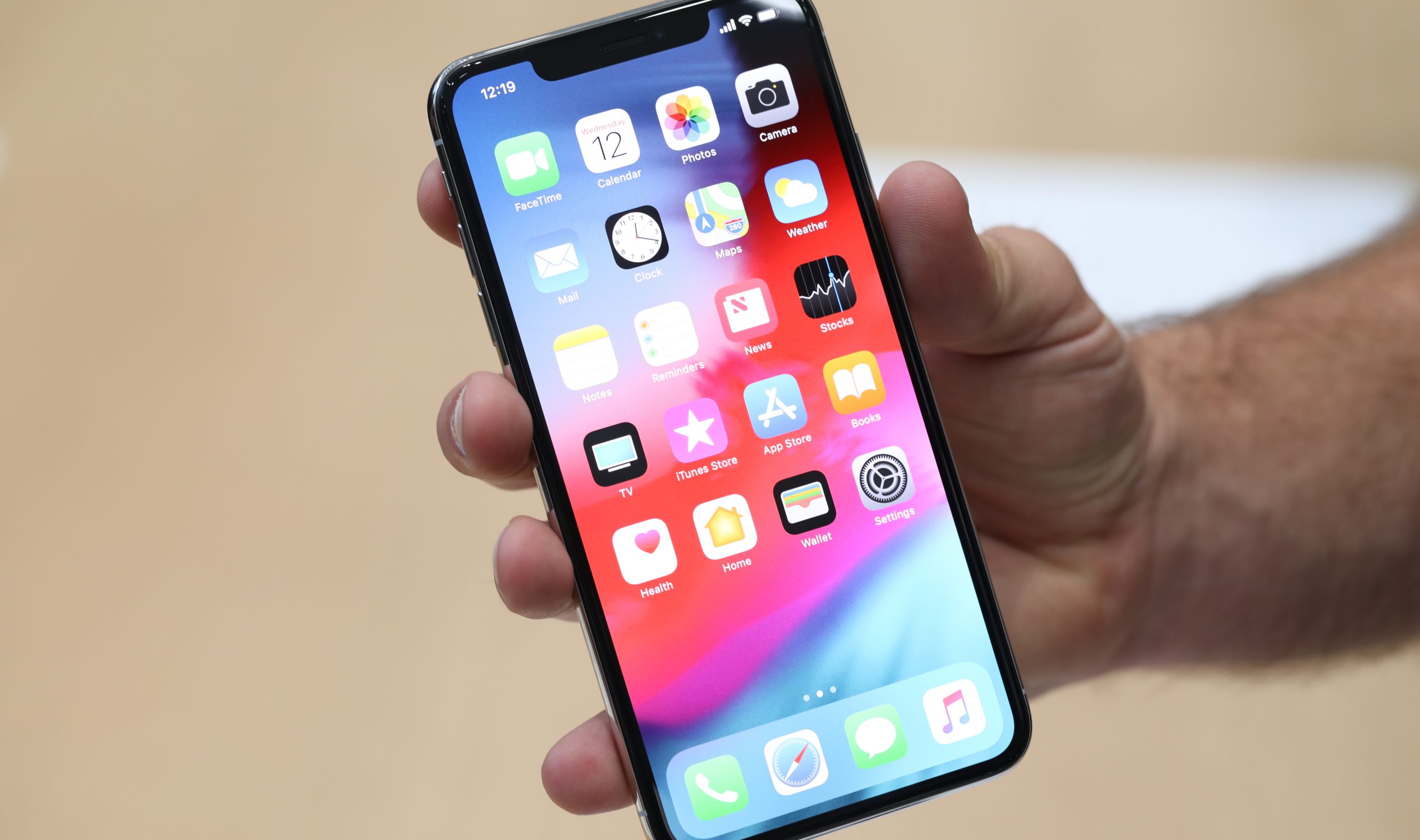Apple, known for its constant innovation in the world of technology, may be on the brink of a groundbreaking development that could change the way iPhones operate. The company is reportedly exploring a way to enable Large Language Models (LLMs) to run on-device, a move that could have far-reaching implications for the functionality and capabilities of iPhones.
LLMs are advanced artificial intelligence models that are capable of understanding and generating human-like text. They are the driving force behind virtual assistants, chatbots, and various natural language processing tasks. Currently, many LLM-based applications rely on cloud-based servers for their processing power, which can lead to latency and privacy concerns.
The prospect of running LLMs on-device is significant for several reasons:
- Enhanced Privacy: Keeping LLM processing on the device means that sensitive data, such as voice recordings or text messages, wouldn’t need to be sent to external servers for analysis. This could enhance user privacy and security.
- Reduced Latency: On-device processing can significantly reduce the time it takes for LLM-powered applications to respond. This would result in faster and more efficient interactions with virtual assistants like Siri.
- Offline Capabilities: Running LLMs on-device could enable iPhones to perform language-related tasks even without an internet connection. This would be a boon for users in areas with limited connectivity.
- Customization: Apple could potentially allow users to customize their on-device LLMs, tailoring them to their specific needs and preferences. This would open up new possibilities for personalization.
- Reduced Server Load: Offloading LLM processing to on-device capabilities could alleviate server loads for Apple’s cloud services, potentially leading to more robust and reliable performance for all users.
However, running LLMs on-device is not without its challenges. These models are computationally intensive and require substantial processing power and memory. Apple would need to strike a balance between performance and device resource consumption.
Moreover, the integration of on-device LLMs could necessitate significant software and hardware updates, which may be limited to newer iPhone models with the necessary processing capabilities.
In conclusion, Apple’s exploration of on-device LLMs represents an exciting frontier in mobile technology. If successfully implemented, it could revolutionize the way iPhones function, offering enhanced privacy, reduced latency, offline capabilities, and the potential for greater user customization. While there are technical hurdles to overcome, the prospect of LLMs running on-device holds the promise of a more powerful and responsive iPhone experience that could change the way we interact with our devices forever.
